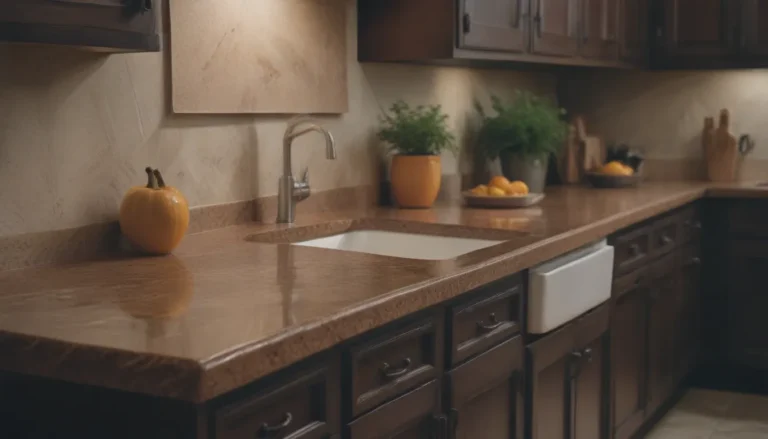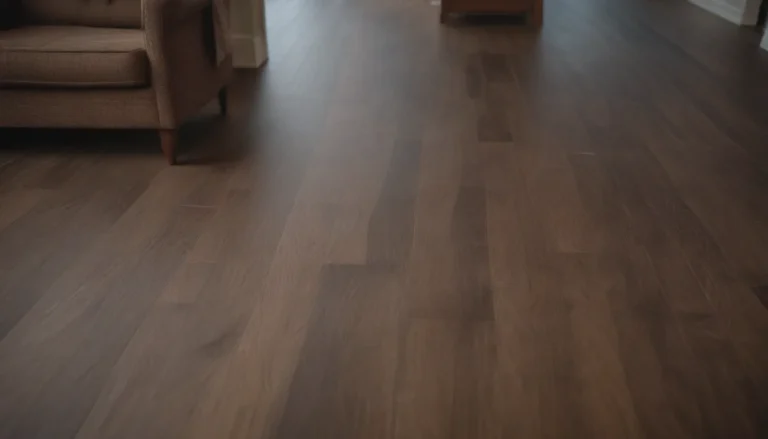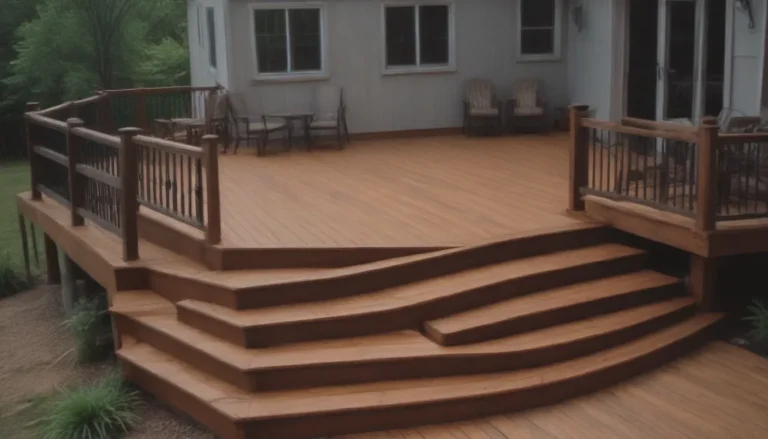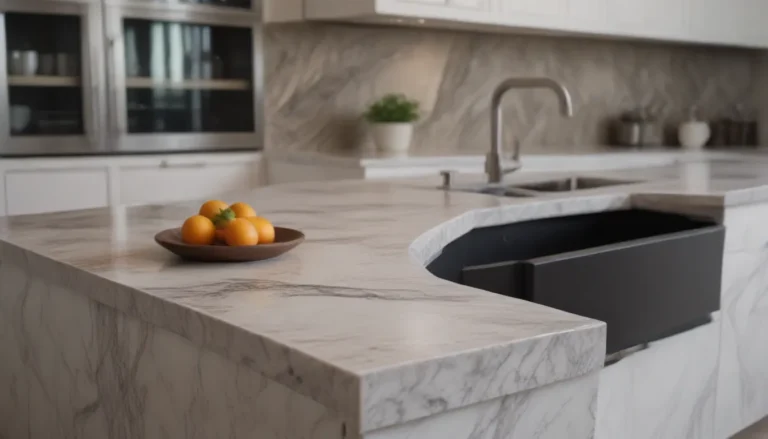The Ultimate Guide to Wall Texturing: Techniques, Tips, and More!
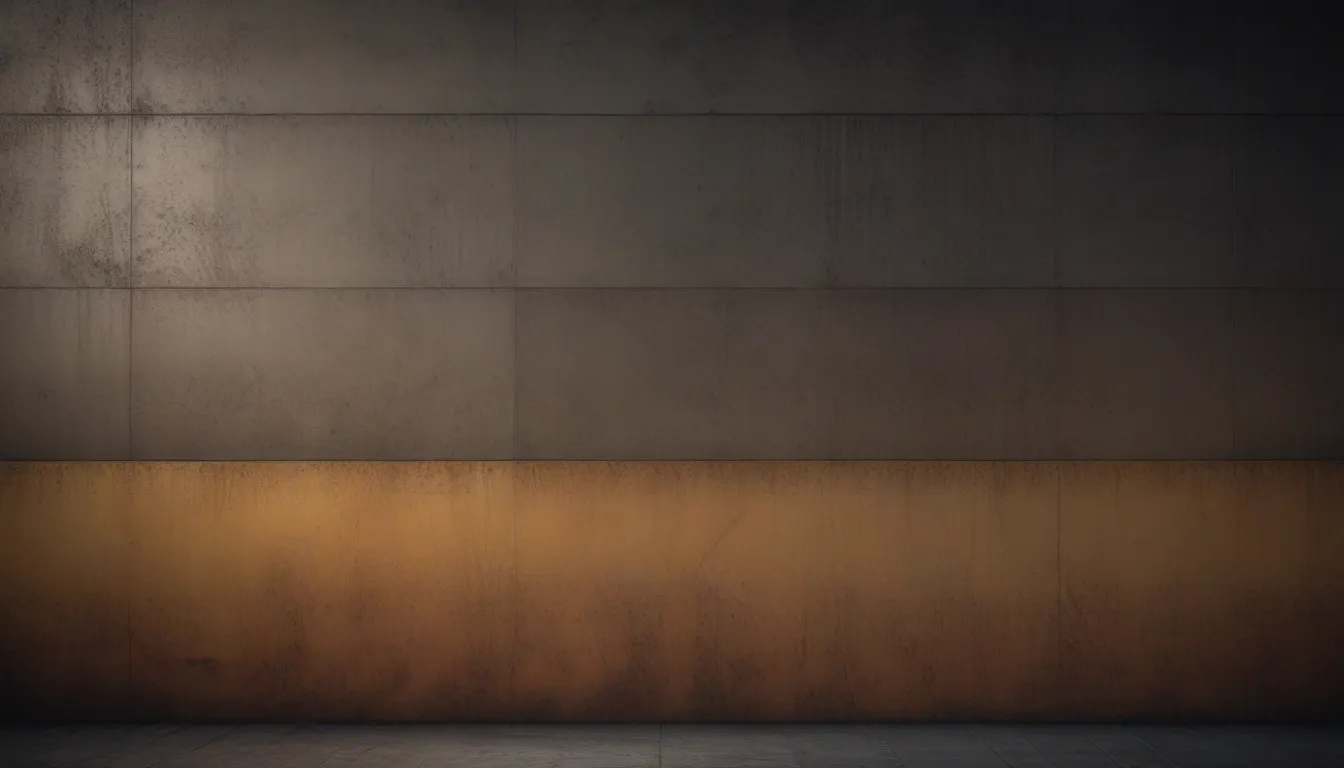
Are you looking to give your walls a fresh new look? Texturing a wall is a great way to hide imperfections, add character, or create a unique atmosphere in any room. Whether you’re a seasoned DIY enthusiast or a novice looking to try something new, learning how to texture a wall is a simple and rewarding process.
In this comprehensive guide, we will explore different types of wall textures, step-by-step methods for texturing walls, tips for achieving the perfect texture, and when to call in a professional. By the end of this article, you’ll be equipped with the knowledge and techniques needed to transform your walls with confidence.
Types of Wall Texture
Before we dive into the methods of texturing a wall, let’s first familiarize ourselves with the various types of wall textures available. Each type offers a unique look and feel, allowing you to customize your walls to suit your taste and style. Some popular wall texture variations include:
- Popcorn texture
- Knockdown texture
- Orange peel texture
- Comb texture
- Sand swirl texture
- Slap brush texture
- Slap brush knockdown texture
Each texture creates small shadows and depth on your walls, hiding surface imperfections and adding visual interest to your space.
Tip: Practice makes perfect! Before tackling your walls, practice the texturing technique on scraps of drywall or cardboard to perfect your skills and determine the desired texture effect.
How to Texture a Wall With a Roller
Using a paint roller is a cost-effective and simple method to texture a wall. Follow these steps to achieve a textured look with ease:
- Prepare the room by covering floors and adjacent surfaces to avoid splattering texture material.
- Use a drywall compound that is thicker than paint but thinner than straight drywall compound.
- Apply the texture with a paint roller, experimenting with different techniques to achieve your desired look.
- Allow the texture to dry completely before applying paint or additional layers.
Tip: Remember, wall texture won’t hide unfinished joints or screw/nail indentations. Be sure to prep your walls properly before texturing.
How to Texture a Wall Using Joint Compound
If you’re looking for a knockdown texture, consider using a drywall knife and joint compound to create a textured plaster effect. Follow these steps for a professional-looking finish:
- Apply the joint compound to the wall with a trowel or knife.
- While the compound is still wet, use a large drywall knife to flatten the peaks of the texture.
- Experiment with different drying times and textures to achieve the desired look.
Tip: The key to a successful knockdown texture is the correct consistency of the compound. Practice on a small area before proceeding to larger sections.
How to Texture a Wall Using a Texture Machine or Hopper Sprayer
For larger applications or quick results, a texture machine or hopper sprayer can be a game-changer. These tools allow you to apply texture to walls efficiently and with a fast dry time. Here’s how to use a texture machine effectively:
- Load the texture material into the hopper sprayer.
- Adjust the nozzle for your desired texture effect.
- Spray the texture onto the wall in a consistent and even manner.
- Allow the texture to dry completely before painting or further finishing.
How to Texture a Wall Using a Sponge
Sponge painting may have a vintage feel, but it’s a timeless technique for adding texture and dimension to your walls. Here’s how to achieve a sponge-textured look:
- Dip a sponge into paint or texture material.
- Dab the sponge onto the wall in a random pattern.
- Layer different colors or textures for a multi-dimensional effect.
- Allow the texture to dry before adding additional layers or finishes.
Faux Wall Texture Techniques
If you’re looking for a creative and artistic approach to wall texturing, consider exploring faux painting techniques. Whether you’re interested in a Venetian plaster or rag rolling effect, these techniques offer endless possibilities for customizing your walls.
- Venetian plaster technique
- Rag rolling technique
Experiment with different faux painting techniques to achieve a truly unique and personalized wall texture.
Tips For Texturing a Wall
Don’t feel ready to commit to a fully textured wall? Consider adding a textured wall panel for a touch of visual interest without the full commitment. Textured wall panels are a great way to experiment with texture on a smaller scale.
When to Call a Professional
If you’re embarking on a large-scale texturing project or are unsure of your texturing abilities, it’s always wise to consult a professional. Painters and decorators have the tools and expertise to create a flawless texture finish using air-compressor-powered electric texture sprayers or texture machines for efficient and professional results.
In conclusion, texturing a wall is a simple and rewarding process that can transform the look and feel of any room. With the right tools, techniques, and a little practice, you can achieve professional-quality wall textures that reflect your personal style and enhance your living space.
So, whether you’re looking to hide imperfections, add character, or simply refresh your walls, experimenting with different texturing methods can bring new life to your home. Give it a try and watch as your walls are transformed into works of art. Happy texturing!
